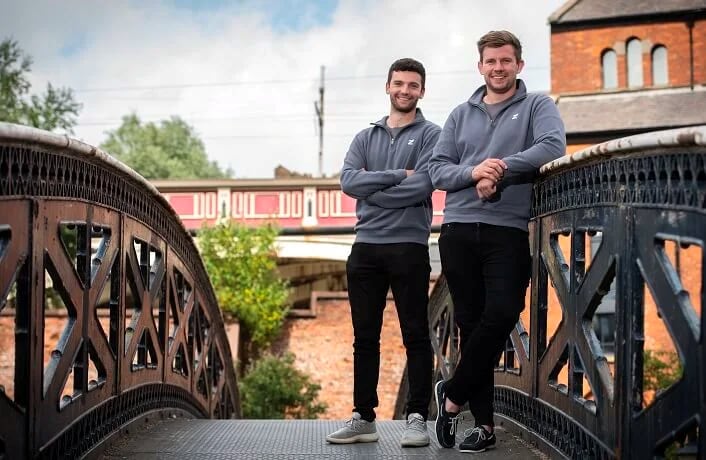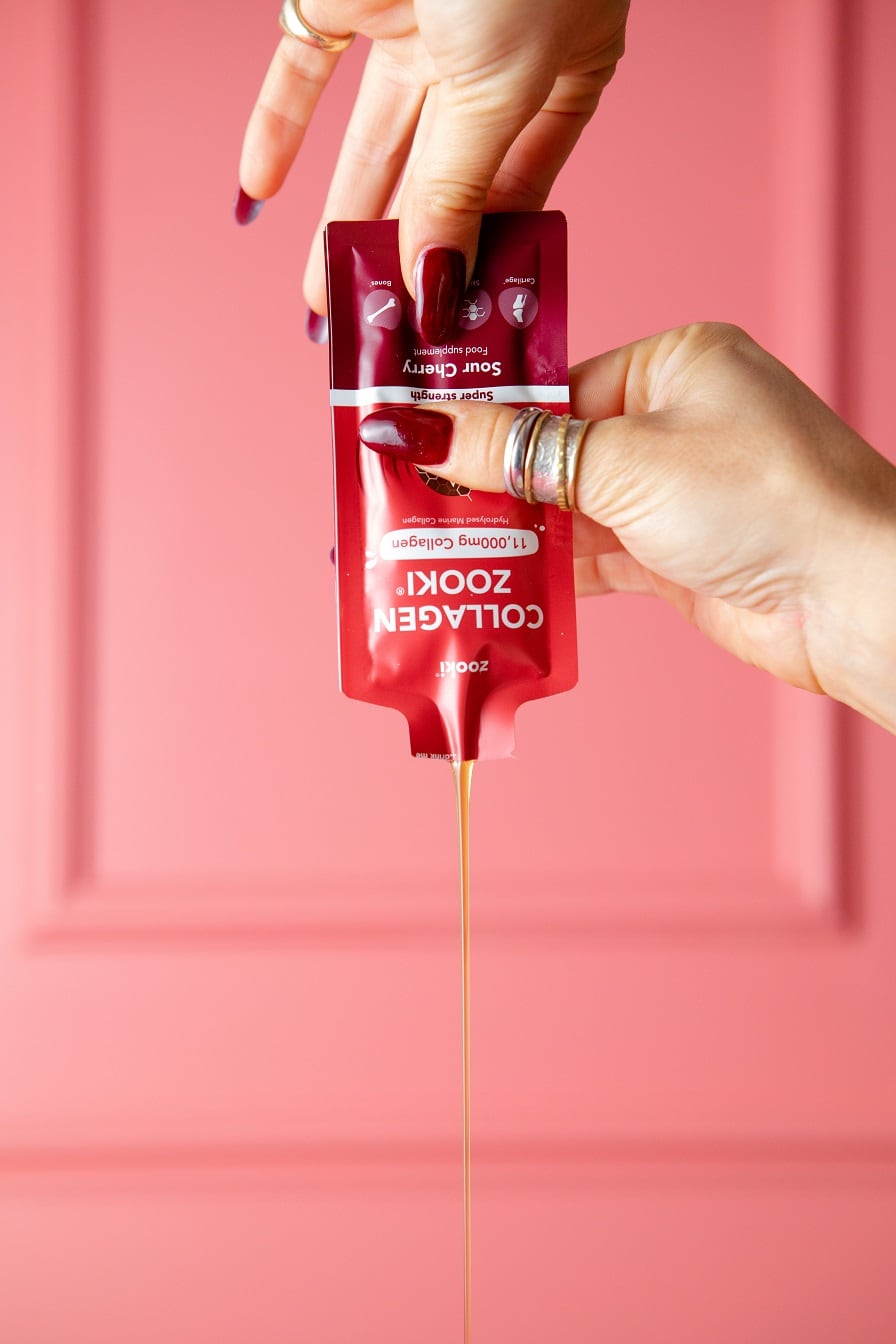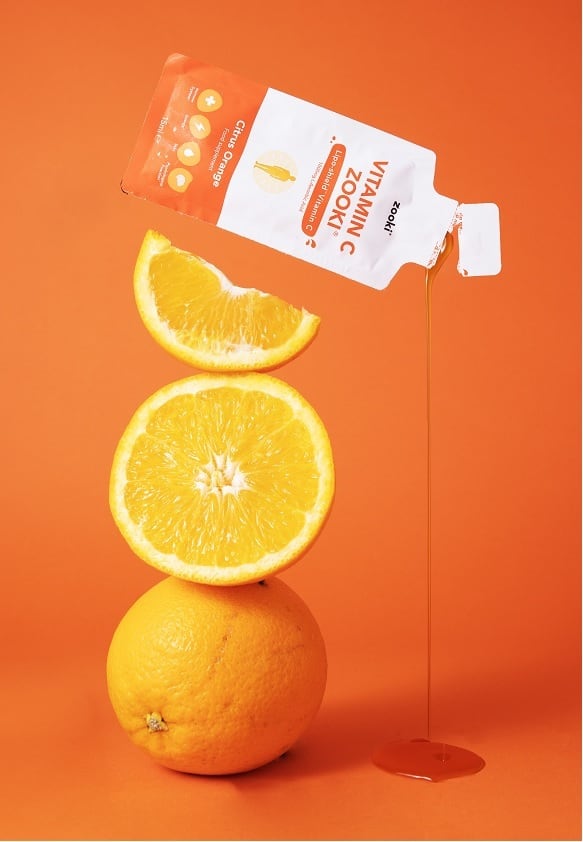Six-year-young supplement brand YourZooki disrupted the market with its flagship emulsified liquid omega-3 in 2017 and since COVID it has catapulted into an international success, selling a full range of vitamins, minerals and nutrients in the form of emulsified liquids in major retail stores across the globe.
School friends Marcus Mollinga and Jack Morrison launched the brand at the age of 20, bootstrapped by around £20,000 in personal savings and around £30,000 in loans from friends and family.
The co-founders spent much of their first year attending exhibitions and selling stock direct to get immediate cash in hand which would be driven straight back into buying more stock.
“We weren’t taking a salary. I was living with my parents with no real responsibilities in terms of bills or dependants, so I was able to run the business without taking a salary,” explains Mollinga.
In the second year, they were offered a deal with QVC but it required a lot of cash to provide the stock required, so they took ‘invoice finance’ followed by ‘purchase order finance’ to borrow

against, in order to afford to manufacture the stock.
He explains the ups and down sides to these debts: “These are great routes to take if you’re trying to get in with big retailers. Although those finance options are expensive, they are a great way to get more consumers, increase online sales, and potentially get more retailers. It also helped our international business.”
The business was gaining momentum by the end of 2019 and when COVID hit in 2020 orders started to explode.
“Our sales were exceeding the amount of cash we had to buy stock so we needed a cash injection or we had to turn down orders so we went for the cash injection.”
Investment Options available included: Crowd funding, venture capital, private equity, or debt.
Feeling confident they would make money straight back, they opted for the debt route, sourcing a £300,000 loan from their local county council to buy more stock, followed by a £650,000 Government loan offered to growing business during the COVID period.
“We were growing rapidly because of the pandemic and tripled our turnover in the space of a year.”
Appealing to the right investors
The founders then started to look at getting investors on board by sending out corporate PR “shouting about” the business, and they succeeded in attracting the attention of venture capitalists and private equity firms.
“But as a company founder with no experience in investing in businesses, sat on the other end of a table to someone, asking for their investment, you need a lot of information about your business.

“A lot of the information they were asking for was just in our heads, none of it was on paper, none of it was demonstrable, the investors couldn’t see our business plan.
“That was when we employed a finance director, operations director, and a head of data and really created a more corporate structure.”
The team then attained a ‘handful’ of investment offers.
“It was amazing to see investors putting a value on our business, but when we went through their terms we didn’t feel comfortable signing.
“We realised these people need really strict terms that work in their favour because they aren’t playing with their own money! That was when we opted to talk to high net worth investors instead.”
The entrepreneurs made themselves known to high net worth investors through simple word-of-mouth, cold calling and reaching out to friends of friends.
“The first one asked to meet us in the Lake District to go for a walk. We assumed we’d go for a short walk to a café and talk numbers. Him and his wife showed up in full hiking gear and we ended up on a six-hour hike. They just wanted to get to know everything about us and our plans for the company.
“At the end of the hike we shook hands and the investment shortly followed.
“It was the weirdest feeling when that money landed because it was a seriously significant sum, and we suddenly had another person with personal and financial interest in the company relying on us to make it work.”
What they want
Mollinga says he’s learnt that investors’ key concerns are: a brand story, good growth, high margins, room for expansion, a strong USP, a solid 5-10 year plan, and trust in the business owners.
He also believes the experiential element of their brand appeals.
“They will always take our product and have something to say about it. They understand that it creates interest and conversation and know that that is an important element in customer retention and growth.”
He also points out that many investors are interested in being involved in the health and nutrition sphere since the pandemic, as they realise it's a

huge consumer trend.
Interestingly, he notes most investors will show intrigue when they hear terms such as 'health', 'nutrition', and 'wellbeing', whereas 'vitamins' or 'supplements' are less appealing.
He explains: "I think these terms have become a little dated and less relavent for the modern market. Consumers don't tend to shop for vitamins or supplements, as such. They shop for products that will support their health and wellbeing."
The startup team now has around 10 high net worth investors, none of whom have a seat on the board, but all of whom are available to provide advice whenever needed.
“Every single one of them, you can phone up for help or advice and they will be extremely helpful. They have knowledge, wisdom and experience, and a personal interest in your business succeeding, so of course they’re going to help you succeed!”
Social media costs spiralling
Mollinga points out that whilst social media, and TikTok in particular, is a fantastic source of revenue for health and nutrition startups, the customer acquisition cost associated with these sites has exploded since the pandemic, as a result of the huge number of brands entering these arenas.
Giving his advice on how to ensure these sites continue to work financially, Mollinga says the most fruitful avenue for their brand has been Instagram, Tik Tok and Facebook
“We are going live for over 10 hours a day on TikTok and sales are doing really well. It’s the fastest growing social media channel for us because we can educate the consumer about the product.
“If you sell a pill, capsule, or powder, there’s not much to explain. But we are in a niche selling liposomal liquids and that requires a level of education.”
Whilst they used to employ third parties to look after marketing and social media, they have now brought every operation in-house and have a team of five solely devoted to Tik Tok.
“The advantage we have as a startup is our ability to move quickly and respond to our customers. Relying on third parties to make changes to social media or our website slows down our pace and bringing everything in-house has really been a game-changer in terms of keeping us agile.”
New product development
Thanks to their ability to innovate and pivot quickly, the brand has launched six new products in the last couple of months alone and has another 10 products lined up for launch before the end of the year.
The products recently launched are: ksm-66 ashwagandha, for sleep support, heart health, and stress; magnesium, for sleep and relaxation; iron; two vitamin B-12 lines; collagen, for skin, hair and nails; and a super strength 11g collagen, which has become the brand’s best seller.
Discussing key consumer trends and future innovation, he adds: “Areas of interest for the near future are definitely brain health, beauty-from-within, and menopause”.


